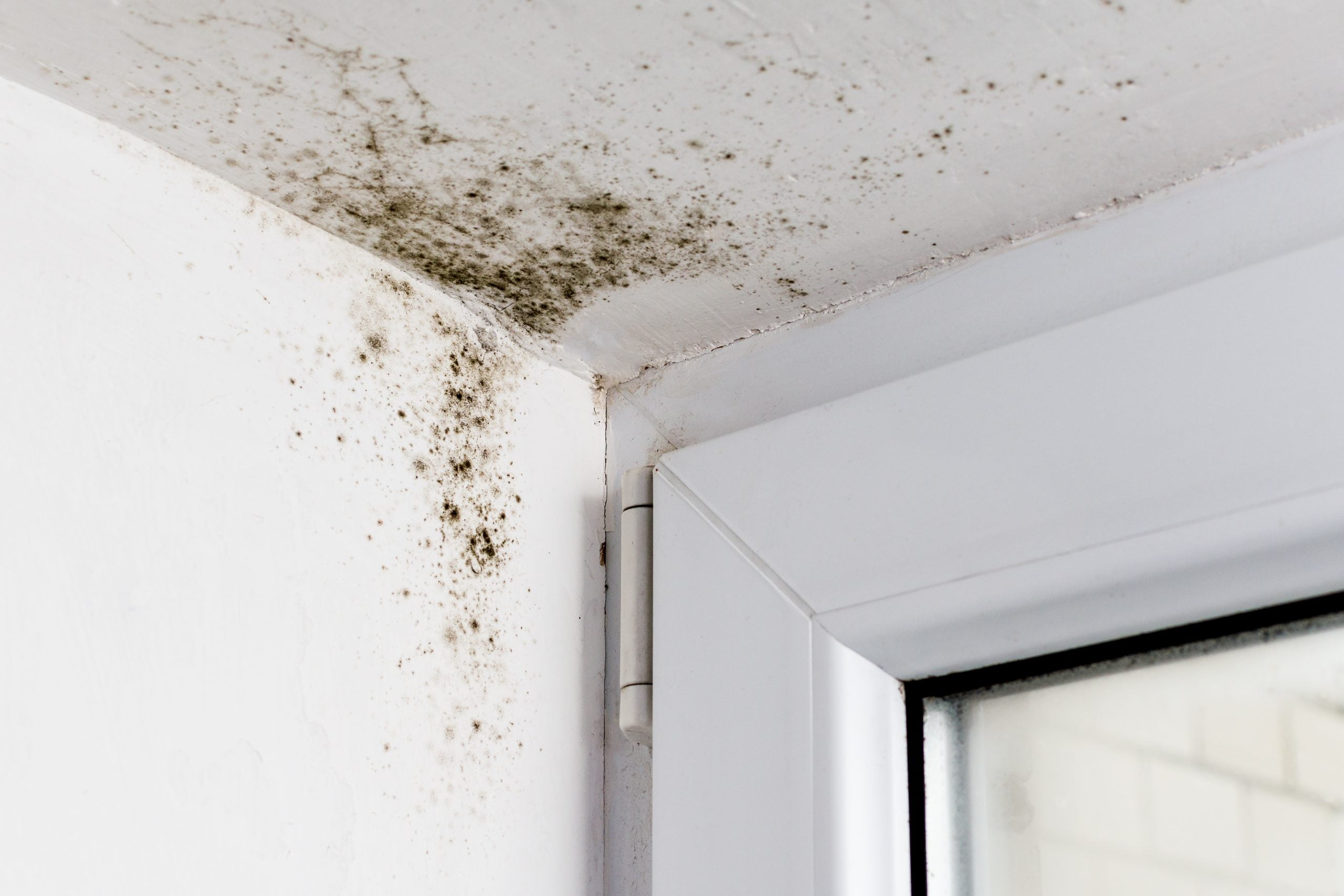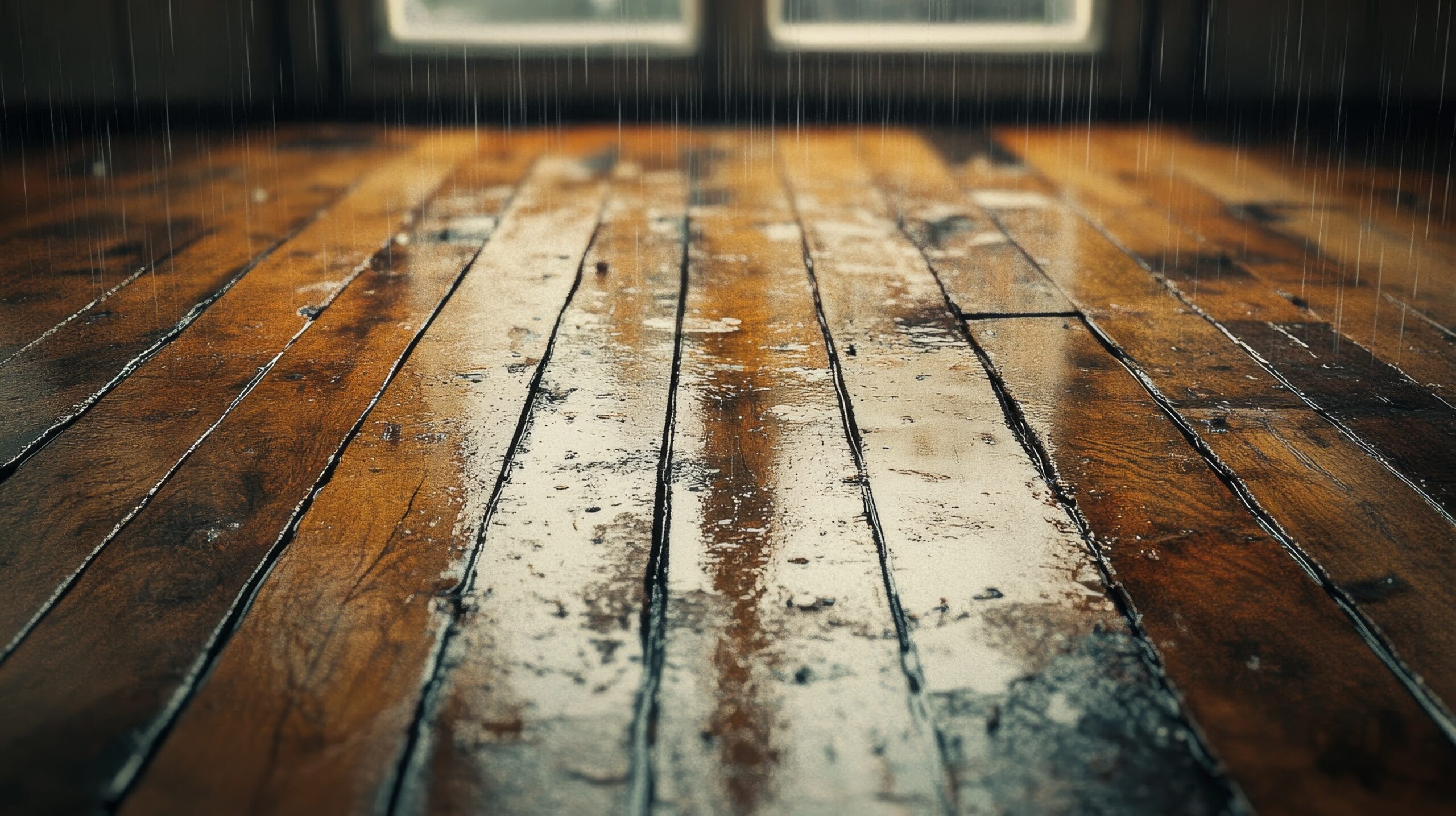Mold on windows can be a persistent issue, especially in cold weather when moisture and condensation become more common. If you’ve noticed black spots or a musty odor around your windows, it’s likely mold has begun to grow. Fortunately, with a few key techniques and the right cleaning products, you can effectively remove mold and prevent it from coming back. This guide will walk you through how to clean mold from windows safely and efficiently, even during chilly winter months.
Why Mold Forms on Windows in Cold Weather
Mold tends to grow in areas with high moisture levels, and windows are particularly susceptible during cold weather. Here’s why mold often appears on windows in the winter:
- Condensation: Cold air outside and warm air inside create condensation on windows. This moisture is an ideal breeding ground for mold.
- Poor Ventilation: With windows closed to keep out the cold, airflow is limited, which can trap moisture in indoor spaces.
- Temperature Differences: When window surfaces get colder than indoor air, the resulting condensation can fuel mold growth.
Understanding the causes of mold on windows helps you take the right steps to remove it and prevent it from coming back.
How to Clean Mold from Windows in Cold Weather
Cleaning mold from windows can be done with a few household items and some precautionary measures. Here’s a step-by-step guide to ensure you clean mold effectively and safely.
Step 1: Gather Your Supplies
- Gloves
- Mask
- Safety goggles
- Soft cloths or sponges
- Spray bottle
- White vinegar
- Baking soda
- Mild dish soap
- Hydrogen peroxide (optional)
Step 2: Protect Yourself and Prepare the Area
- Wear Protective Gear: Mold can release harmful spores when inhaled. Always wear gloves, a mask, and safety goggles.
- Ventilate the Room: Open a window slightly or use an air purifier or fan to ensure good airflow and reduce exposure to mold spores.
Step 3: Spray Vinegar on the Moldy Area
- Vinegar as a Mold Killer: White vinegar is a natural mold killer and is effective on most surfaces. Fill a spray bottle with undiluted white vinegar and spray the affected areas.
- Let It Sit: Allow the vinegar to sit for at least an hour. This gives it time to break down the mold and kill any spores.
Step 4: Scrub the Area with a Mild Soap Solution
- Mix a few drops of mild dish soap with warm water.
- Use a cloth or sponge to scrub the window, frame, and surrounding area to remove any remaining mold.
- For stubborn areas, add a sprinkle of baking soda to your cloth for extra scrubbing power.
Optional: Use Hydrogen Peroxide for Additional Cleaning
- Hydrogen peroxide can help kill any remaining spores and is safe for most window surfaces.
- Spray a small amount of 3% hydrogen peroxide on the affected area, let it sit for 10 minutes, and wipe clean.
Step 5: Dry Thoroughly
- Use a clean, dry cloth to remove all moisture from the window and frame.
- Ensuring the area is dry prevents mold from re-growing in damp spots.
By following these steps, you can successfully remove mold from your windows and improve your indoor air quality.
*Avoid mixing vinegar with hydrogen peroxide or bleach, this creates toxic, dangerous chemicals. Always test any cleaning agent on a small area to ensure it won’t damage materials in your home.
Tips for Preventing Mold on Windows in Cold Weather
Once you’ve cleaned the mold, take preventive steps to keep it from returning. Here are some effective methods:
- Control Indoor Humidity: Keep humidity levels below 60% in your home. Using a dehumidifier can be especially helpful during the winter months.
- Wipe Down Windows Regularly: Wipe your windows dry every few days to prevent condensation buildup.
- Use a Mold-Resistant Spray: Consider applying a mold-resistant spray to the window frame and sills after cleaning. These sprays create a protective barrier against mold.
- Ensure Proper Ventilation: Allow fresh air to circulate by opening windows or using an exhaust fan whenever possible. Ventilation helps reduce humidity and moisture accumulation.
Why Regular Mold Maintenance is Important
Mold can spread quickly, so staying vigilant with regular cleaning and maintenance is crucial. If you notice mold recurring despite your efforts, it may be a sign of more significant moisture issues within your home, which could require professional attention.
Mold is not just unsightly—it can also pose health risks, particularly for individuals with allergies, asthma, or weakened immune systems. Cleaning mold from windows regularly and implementing preventive measures can significantly improve your indoor air quality.
When to Call a Professional for Mold Removal
While minor mold on windows can often be managed with DIY solutions, larger infestations may require professional assistance. If mold growth spreads to walls, ceilings, or other areas beyond windows, it’s essential to consult an expert to assess and handle the situation safely.
At Certified Disaster Services, we specialize in Mold Removal, providing professional mold remediation to protect your home and health. Our team uses advanced techniques and equipment to thoroughly remove mold and prevent future growth, ensuring a safe environment for you and your family.
Natural Cleaning Solutions to Keep Mold Away
If you prefer natural methods to prevent mold on your windows, consider using these eco-friendly solutions:
- Tea Tree Oil Solution: Add 1 teaspoon of tea tree oil to 1 cup of water in a spray bottle. Shake well and spray on mold-prone areas. This solution has antifungal properties and can prevent mold from returning.
- Grapefruit Seed Extract: Mix 10 drops of grapefruit seed extract with a cup of water. Spray the solution on windows and frames, and let it sit without rinsing. This extract has antimicrobial benefits and leaves no odor.
- Baking Soda Spray: Dissolve 1 tablespoon of baking soda in a cup of water. Spray on moldy areas and scrub after a few minutes. Baking soda helps kill mold and leaves behind a protective layer.
Using these natural remedies as part of your routine can help keep windows mold-free throughout the colder months.
Final Thoughts on Keeping Mold Off Your Windows
Mold on windows can be a common problem during cold weather, but it doesn’t have to become a recurring issue. By following these cleaning and prevention tips, you can maintain clean, clear windows all winter long. Remember, keeping mold away involves regular maintenance and understanding the environmental factors contributing to mold growth.
If you’re facing persistent mold issues or if mold has spread beyond your windows, Certified Disaster Services is here to help. Our professional Mold Removal services ensure a thorough, safe solution, so you can enjoy a clean and healthy home.





